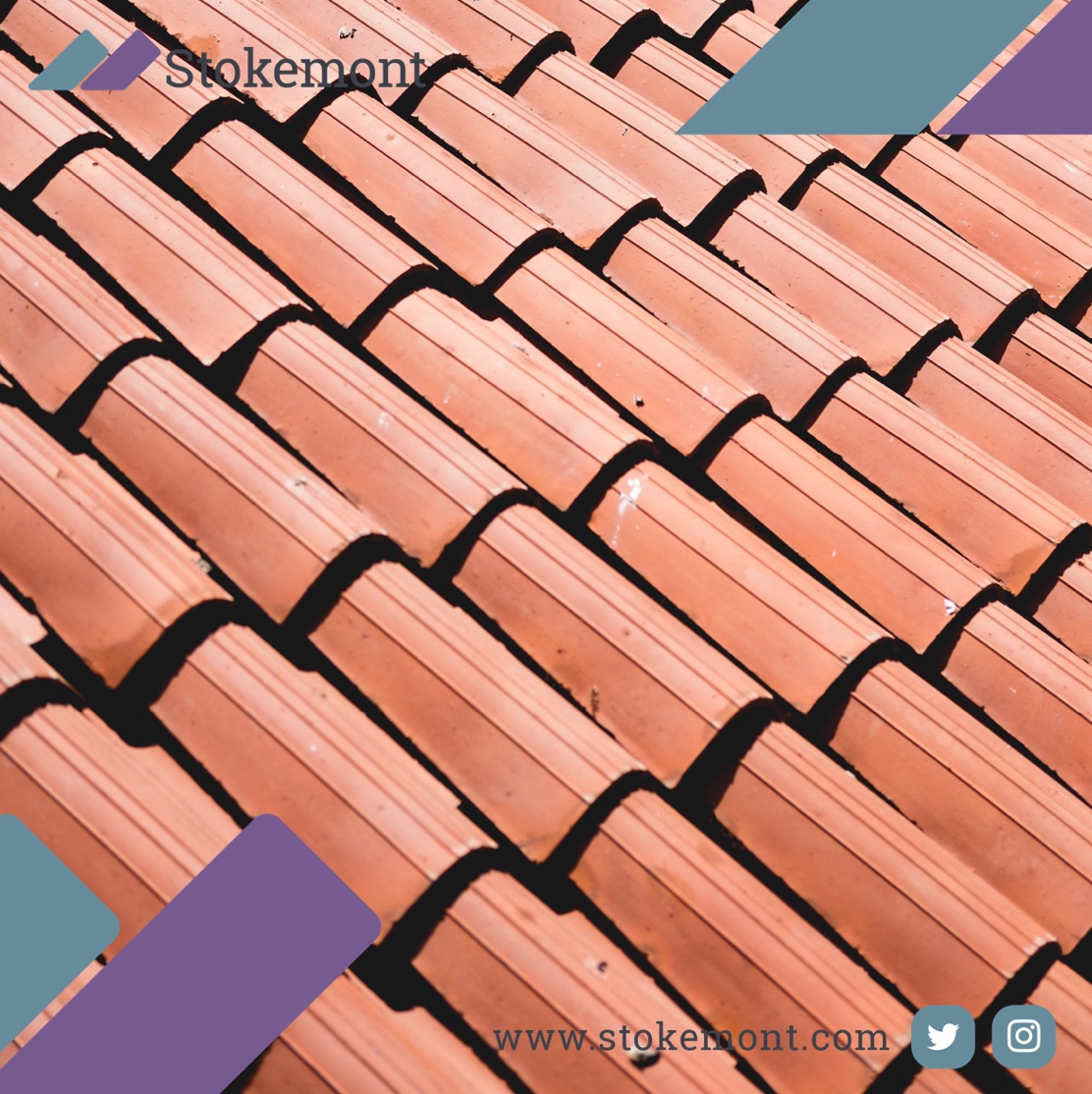In this blog we shall be discussing the importance of roof checks and discussing ways in which you can identify faults within your roof.
Roofs face exposure to the harshest seasonal elements that Britain has to offer: spring showers, summer heat and the winter chill all take their toll on a roofs overall condition.
To ensure that your roof remains in tip-top form a simple health check should be undertaken every once in a while to make sure that your home remains leak-free and protected from whatever mother nature decides to throw at it.
I would like to inspect my roof for damages. How should I go about this and what should I look out for?
If you wish to carry out your own inspection of the roof, then it is very important to be aware of what to keep an eye out for. Damages to look out for include:
- Sagging
- Water rings
- Sunlight shining through
- Dark patches (this will likely be rot)
If unfortunately, you do spot any of these features whilst excavating the interior of your roof space, then bare in mind that although DIY roof repairs are possible, that in some cases it is simply best to just speak with your local roofing expert.
A roofing expert will be able to assist you in locating and fixing the source of the problem and repairing any damage caused.
Is there anything else I can do to prevent roof damage?
Yes, there are a number of various building aspects that have a direct effect on the health of the roof. It is therefore important that these building features are thoroughly inspected.
Ventilation:
It is important that your attic is well ventilated. Poorly ventilated attics can lead to moisture build-ups and condensation, which will damage your roof on the inside.
If your attic contains vents then check these air vents for blockages (it is common for air vents to become blocked with leaves, moss and even roof insulation) which prevent air from escaping. Air vents can be cleared out using a wide variety of common items you might have lying around the shed such as a paintbrush.
Loose and damaged Roof Tiles:
When inspecting the tiles, you should keep a sharp eye out for any broken, loose, displaced or cracked tiles. A visual inspection from the ground will provide you with limited information, so to get a clear idea the tiles condition you should climb up onto the roof to inspect up close.
Roofs can be treacherous places to venture, so unless you are confident and have the correct safety equipment (Extension ladder of a suitable height, safety harness, 700kg breaking strain rope, soft-sole shoe with grip), then for your safety it may be best to hire a trained professional to inspect the roof tiles up close.
Check the Flashing:
Flashing is a metal strip which can be found around chimneys, skylights, satellite dishes and other objects on your roof. As with all other exterior objects, they can become damaged during bad weather.
Ideally the roof flashing will be sitting against the roof with no gaps where water can seep in, and all caulk will be intact. If sealing caulk appears cracked then it must be replaced with the new, permanently waterproof silicone sealant.
Flashing can rust and slip over time, so if your flashing shows any signs of rusting or movement then it must be replaced. If you choose to replace the flashing yourself then know that you can find flashing, roof sealant and caulk in all good DIY shops. As mentioned earlier in the blog, do not venture onto roofs without safety equipment, a trained professional is just a phone call away.
Unblocking Gutters:
Property can be greatly damaged by blocked and damaged guttering. Blocked gutters can cause water to build up and pool underneath your eaves, and can even leak and run down the walls of your home and into your foundations. Bare in mind that its important to to a visual check from the ground to spot any sagging gutters before getting the ladder out.
Check that guttering is fixed securely to the walls. If it does, then it must be reattached with masonry nails. Inspect all guttering up close and clear out any debris which had built up in the gutter. Make note of any holes and tears and see that these gutter sections are replaced immediately.
Moss Growth:
Moss is the silent assassin of the roofing world, it looks harmless, but unless removed it can cause moisture damage to your roof tiles and the wood underneath.
During the summer months’ moss is known to grow and spread fast, so ideally it should be removed before the growth gets out of control. After a dry spell, the moss will be dry and brittle: it is at this stage where the moss is easiest to remove, you can simply brush it off with a stiff broom. If the moss on your roof is out of control, then it will be best to speak to aa roofing expert for advice.
Roofs keep you warm and dry so need to have a regular maintenance plan in place. Here at Stokemont we would advise yearly inspections, or inspections post severe weather such as storms, snow or heavy rainfall.




